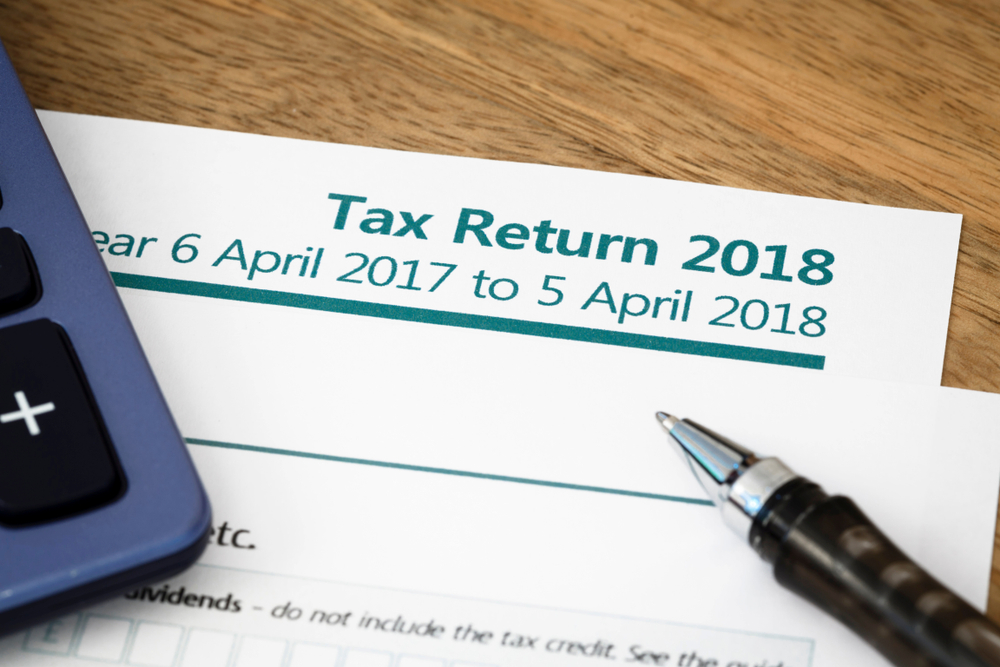This return does not compute – 2018-19 exclusions
What happens in the case of exclusions, when HMRC is unable to correctly compute an individual's tax liability? Helen Thornley, ATT's technical officer, explains
What happens in the case of exclusions, when HMRC is unable to correctly compute an individual's tax liability? Helen Thornley, ATT's technical officer, explains

How do you know when you file your client’s self-assessment return online that the resulting tax liability is correct? In recent years, practitioners have experienced significant issues with computations and online filing due to what are known as exclusions. These are cases where HMRC’s tax calculator is unable to compute an individual’s tax liability correctly. In these situations, HMRC’s systems will either not permit the return to be filed online or will calculate the tax due incorrectly.
Exclusions have been around since the start of online filing, but increased in number dramatically in 2016-17 with the introduction of the personal savings and dividend allowances as well as changes to dividend taxation in that year. In addition to some fairly uncommon situations, a number of new exclusions arose (and continue to arise) because HMRC’s tax calculator is not always able to optimise the interaction of these new reliefs.
In April, HMRC published their first version of the self-assessment exclusions for 2018-19. The updated list identifies a total of 31 situations where an exclusion applies for 2018-19. As the filing season progresses, this list will be updated as further exclusions are identified.
The good news is that 17 of the exclusions that applied in 2017-18 have been fixed for 2018-19. These fixes address some of the issues with the interaction of the savings and dividend allowances as well as two specific issues affecting some Scottish residents.
The bad news is that nine new exclusions have been added to the list since 2017-18, most of which still relate to the personal savings/dividend allowance interaction with various sources and amounts of other income.
Other new exclusions with more limited application include:
The list has been reformatted since 2017-18 and now splits exclusions into two categories. Five cases fall into system–related exclusions, which have been around for many years and would require significant system amendments to resolve, and 26 are live exclusions where a future fix is being considered.
To enable exclusions to be tracked from year to year, each new exclusion is issued a number. Once the exclusion is resolved, it is removed from the list but the number is not reused. As a consequence, while there are only 31 live exclusions, the latest exclusion is number 106.
The exclusions list is largely intended for software developers and is not very easy to read. In future updates, HMRC are hoping to make the list more user-friendly. This should make it easier for agents to identify when an exclusion applies.
In addition to exclusions, there is also a further list of special cases for 2018-19. These are situations where the return will be rejected by HMRC’s system unless a workaround is used. Many software developers opt to modify their programmes to incorporate workarounds and facilitate online filing.
Where a return is identified as being subject to an exclusion, it can be filed on paper instead. The paper filing deadline for 2018/19 is 31 October 2019 but, provided that the return is filed by 31 January 2020 and is accompanied by a reasonable excuse form explaining which exclusion case applies, HMRC should not charge a penalty.
Following the 2017/18 filing season, we did hear reports of problems arising due to inaccurate processing of paper returns by HMRC. We also received reports of penalties being charged despite the paper return being filed with a reasonable excuse form as the form had not been processed by HMRC. If these or other problems recur in 2018/19, they can be fed back to HMRC via either the Agent Forum, or your professional body.
Spotting when an exclusion applies can be very difficult even for agents, let alone unrepresented taxpayers. Helpfully, HMRC undertakes an exercise each year to identify potential exclusion cases and rework them manually. In the past it has taken time to complete this exercise but we understand that HMRC are intending to issue recalculations earlier for the 2018/19 year.